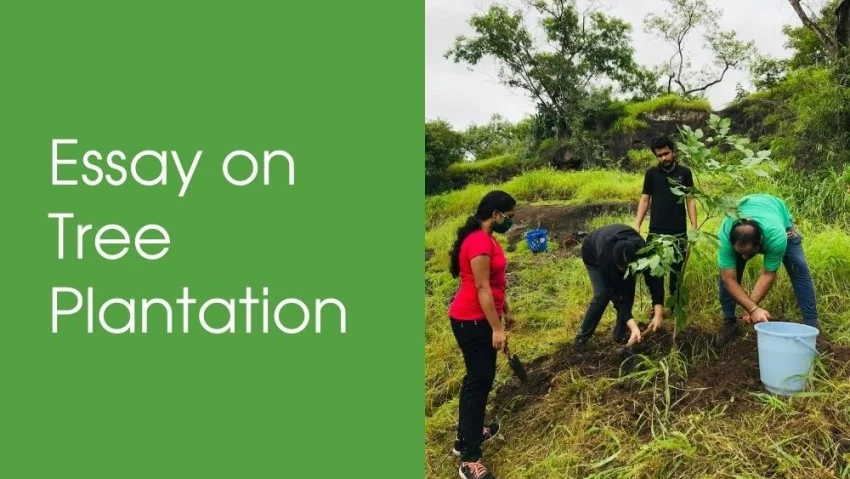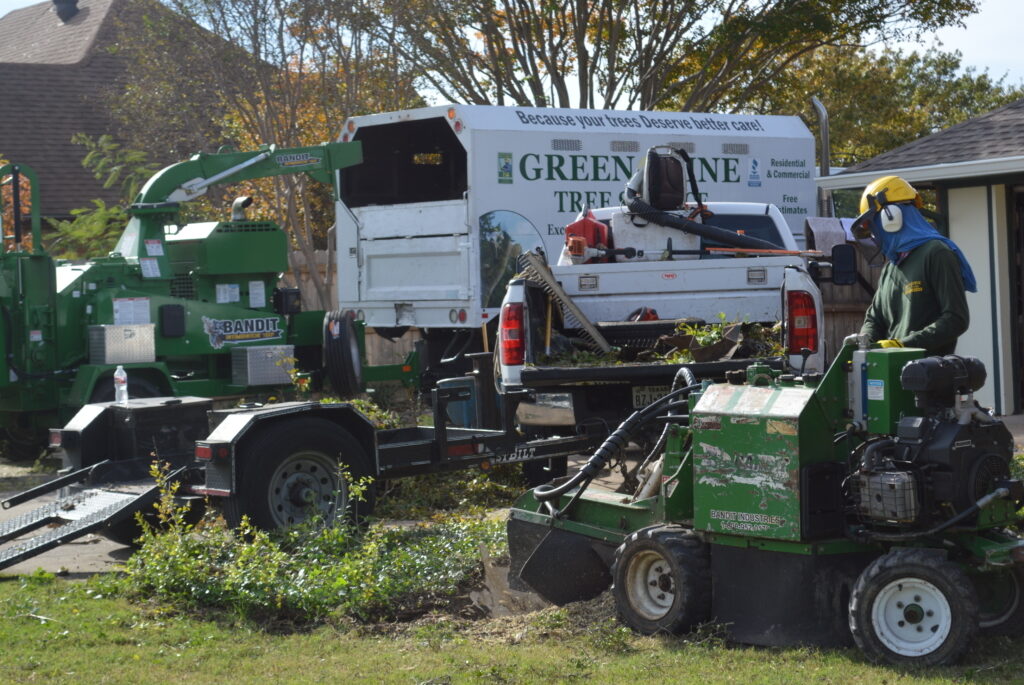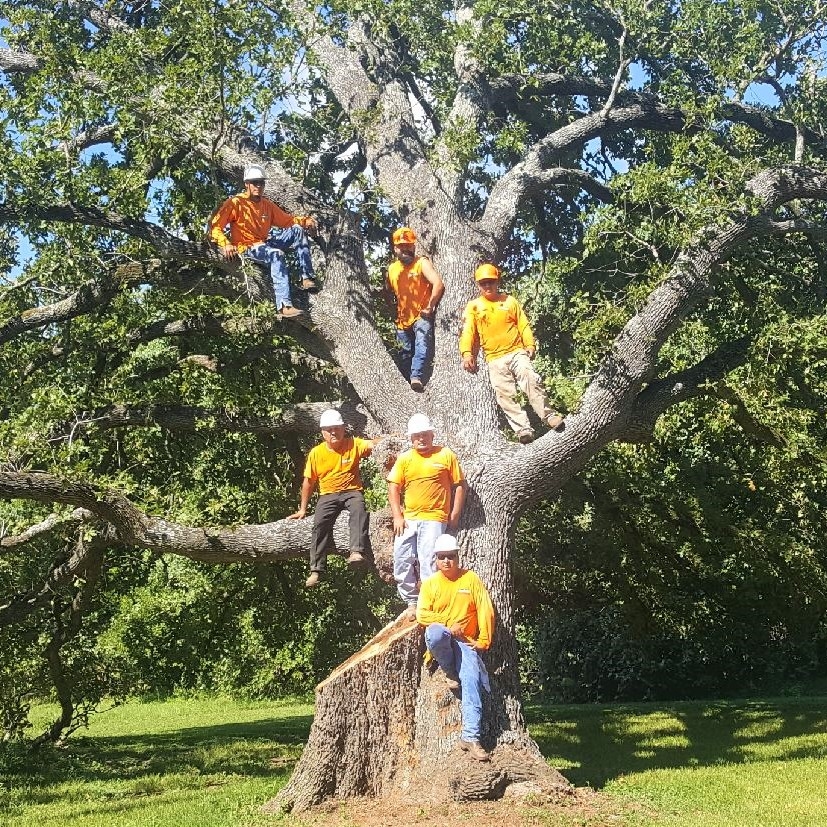Essay Tree Plantation
Introduction
Tree plantation isn’t just a nice activity; it’s a crucial part of preserving our planet. With deforestation rates rising and environmental changes happening faster than ever, planting trees has become more important than ever before. Whether it’s a school project or a global initiative, the simple act of planting a tree can make a significant impact on the environment, economy, and our overall quality of life. Let’s dive into why tree plantation is so essential and how it benefits everyone.
Tree plantation refers to the act of planting trees, typically as part of an organized effort to restore forests, improve air quality, and enhance local ecosystems. The concept of planting trees isn’t new—historically, tree planting has been seen as a means to combat soil erosion, provide shelter, and offer resources such as timber. In today’s context, tree plantation has evolved into a global initiative to tackle pressing environmental challenges.
Environmental Benefits of Tree Plantation
Combatting Climate Change
Trees are nature’s lungs—they absorb carbon dioxide and release oxygen, helping mitigate the impacts of climate change. Through photosynthesis, trees trap carbon and keep it from entering the atmosphere, where it can contribute to the greenhouse effect.
Reducing Air Pollution
Trees are natural air purifiers. By absorbing pollutants like nitrogen dioxide and sulfur dioxide, trees improve air quality, making urban spaces healthier to live in. The more trees we plant, the cleaner our air will become.
Enhancing Biodiversity
A single tree can host thousands of species, providing shelter and food for birds, insects, and animals. By increasing tree plantation, we help maintain biodiversity, supporting ecosystems that are vital for life on Earth.
Social and Economic Benefits
Employment Opportunities
Tree planting programs generate employment opportunities, ranging from managing nurseries to planting and caring for trees. This can support local economies, especially in rural or impoverished areas.
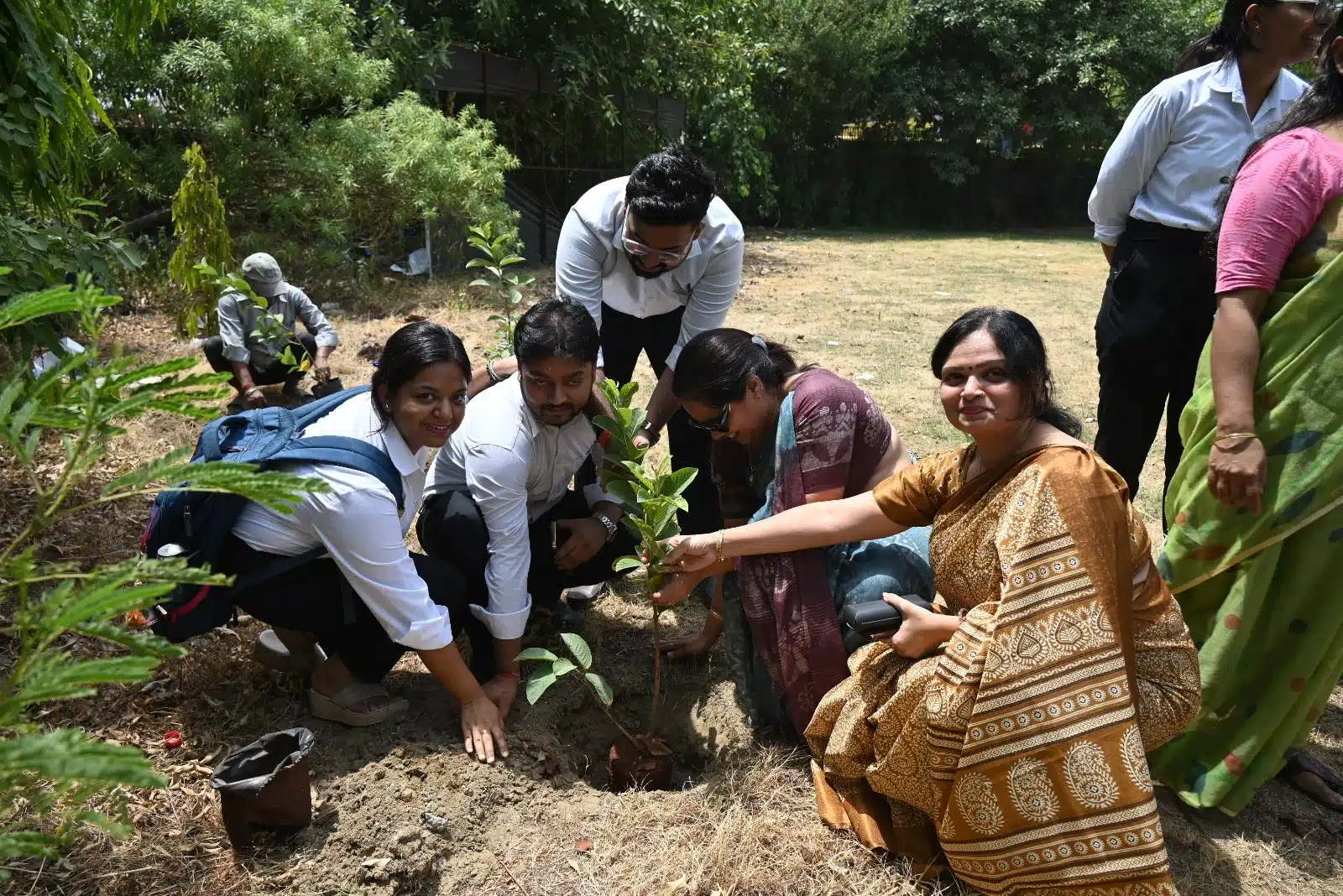
Creating Green Spaces
City parks and green areas play a crucial role in promoting the health and well-being of urban residents. Trees in parks, streets, and backyards enhance the aesthetic appeal of an area and provide spaces for relaxation, recreation, and socializing.
Types of Trees to Plant
Native vs. Non-native Trees
Native trees are ideal because they are well-suited to the local climate and support local wildlife. However, non-native trees can also be beneficial if chosen carefully for their ability to thrive in specific conditions.
Evergreen vs. Deciduous Trees
Evergreens provide year-round greenery and shelter, while deciduous trees offer beautiful autumn colors and contribute to seasonal biodiversity.
How to Plant a Tree: A Step-by-Step Guide
Selecting the Right Location
Before planting, ensure the tree will have enough space to grow. Consider factors like sunlight, soil type, and proximity to buildings or other trees.
Choosing the Best Tree for the Area
Select a species that is well-suited to your region’s climate. Local nurseries can provide recommendations for trees that thrive in the area.
Preparing the Soil and Planting the Tree
Make sure the hole is at least two times as wide as the root ball. Loosen the soil around the hole, and add compost if necessary. Gently position the tree in the hole and fill it back up with soil.
Caring for Newly Planted Trees
Make sure to water your tree consistently, particularly during its first year. Covering the ground around the base with mulch aids in preserving moisture and maintaining a stable soil temperature.
Common Challenges in Tree Plantation
Soil Erosion
In areas where soil erosion is a problem, tree planting can help stabilize the ground and reduce the loss of topsoil.
Deforestation
Despite tree plantation efforts, deforestation continues to be a significant challenge, particularly in tropical regions. It’s essential to address the root causes of deforestation alongside plantation efforts.
The Role of Government and Organizations in Promoting Tree Plantation
Government Policies
Governments around the world have launched tree planting campaigns, offering incentives for individuals and businesses to plant trees.
Community Involvement
Encouraging community participation ensures that tree plantation is sustainable and benefits everyone, especially when local citizens take pride in their green spaces.
Tree Plantation in Urban Areas
Benefits for Cities
Trees in urban areas help combat the heat island effect, provide shade, and enhance air quality, making cities more livable.
Innovative Urban Green Spaces
Cities like New York and Tokyo have incorporated green spaces into their urban designs, turning rooftops, alleys, and even highways into green oases.
Examples of Successful Urban Tree Planting Projects
Cities worldwide, from Paris to Melbourne, have launched successful urban tree plantation initiatives, improving quality of life and reducing environmental footprints.
Challenges Faced by Tree Plantation Campaigns
Lack of Awareness
Many people are still unaware of the benefits of tree planting. Raising awareness and providing education are essential for addressing this challenge.
Limited Resources
Tree plantation efforts require financial and human resources, which can be a barrier in some regions.
Political and Economic Barriers
In some areas, political instability and economic constraints hinder large-scale tree plantation projects.
Innovative Techniques in Tree Plantation
Green Technologies in Plantation
From drone-assisted planting to using biodegradable materials, new technologies are making tree plantation efforts more efficient.
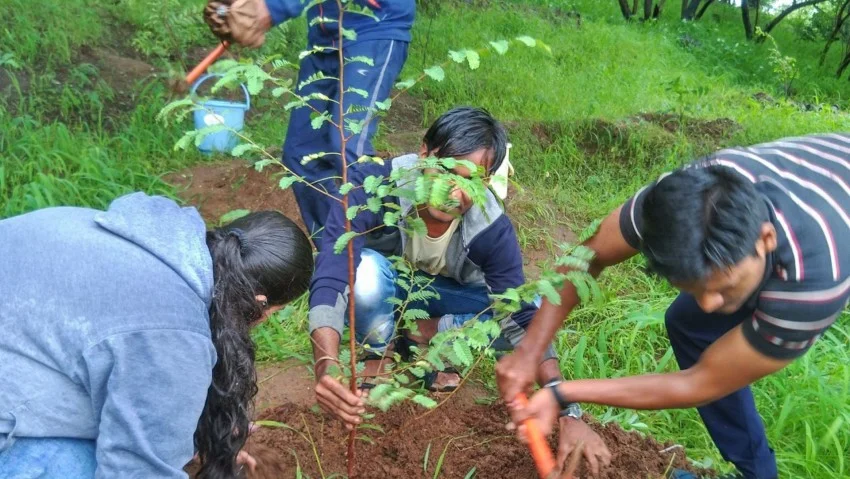
Use of Drones and Technology
Drones can plant seeds in hard-to-reach areas, helping to speed up large-scale tree planting efforts.
Global Tree Plantation Initiatives
The Billion Tree Campaign
This global initiative, launched by the United Nations, has seen millions of trees planted worldwide to help combat climate change.
Other International Efforts
Countries like India, China, and Ethiopia have launched successful large-scale tree planting programs, planting billions of trees each year.
The Role of Youth in Tree Plantation
The younger generation is more passionate than ever about climate action, making them key players in the future of tree plantation.
Conclusion
Tree plantation is more than just an environmental task—it’s a global responsibility. Whether it’s improving air quality, creating jobs, or enhancing our mental well-being, the benefits of planting trees are undeniable. By making small efforts at an individual and community level, we can contribute to a healthier, greener future for all.
